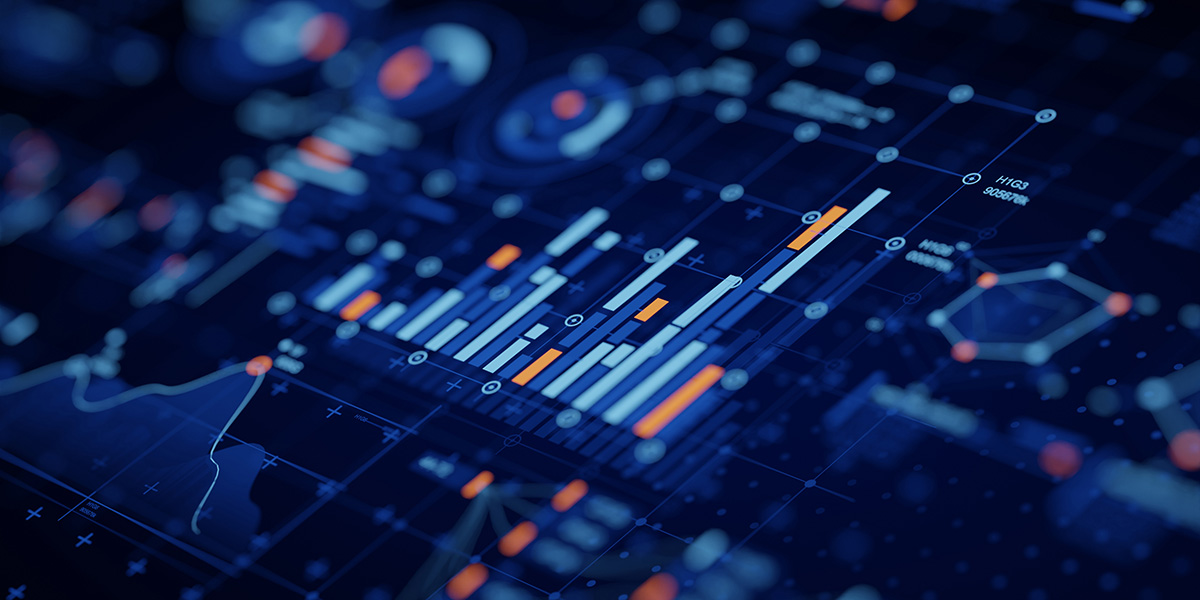100+ SaaS and Cloud Companies Analyzed
How public companies define, calculate, and report on Dollar-Based Net Retention Rate
To gain insights into how publicly traded companies calculate Net Revenue Retention, Ordway conducted an analysis of financial disclosures from companies listed on US capital markets. In total, we reviewed 135 SaaS, cloud, AI, and fintech providers on the NYSE and NASDAQ. The analysis included US-based companies as well as foreign issuers.
Download the Research Study

100-Page Report Includes
- Net revenue retention
- Gross revenue retention
- Both
- ARR, GAAP, ACV, billings
- Comparative periods
- Averaging/smoothing
- Monthly vs annual contracts
- Enterprise vs SMB
- Subscription vs usage pricing
- Professional services
SaaS Metrics
Comparative Reporting
One of the primary goals of net retention metrics is to enable investors to perform comparisons between different SaaS companies. Specifically, net retention metrics help investors understand which companies are able to expand their customer base over time by upselling more existing services and cross-selling new services. Healthy SaaS businesses will be able to expand revenue from current accounts at a faster rate than they are losing revenue from churn, thus achieving a net retention metric of greater than 100%. However, retention metrics lose their usefulness for comparability, when companies use different formulas and methodologies to calculate the numbers. Most of the popular SaaS metrics (ARR, Rule of 40, CAC) have multiple different variations in use. ARR can be calculated using contracted MRR x 12 or by annualizing GAAP revenue. Rule of 40 can be calculated by summing ARR + FCF or GAAP revenue + EBITDA. However, net retention metrics have far more permutations in use than any of the other SaaS KPIs. In 2019, Keybank published 110 different approaches that were in use by public SaaS companies to calculate retention metrics, which highlighted the divergence in approaches.
Goals of Research Study
In this research study, we sought to further quantify the problem by conducting a deeper analysis of the formulas used and policy elections made by over 170 different SaaS companies over the past 10 years. In the report we categorized the different aspects of the formulas:
- Mathematical equation (e.g. (base + expansion – churn)/base)
- Recurring revenue metric (e.g. ARR, billings)
- Comparative period (e.g. YOY, corresponding quarter)
- Averaging techniques (e.g. weighted TTM average)
We’ve also quantified the number of companies using each different approach. For example, we found that 47% of companies use ARR/MRR and 42% use GAAP revenues to calculate retention.
We also reviewed the qualitative disclosures from all of the SaaS companies to understand the types of pricing models (e.g. usage-based), product lines (e.g. professional services,), contract types (e.g. monthly plans), and customer segments (e.g. SMB) that are most commonly exclude from retention calculations.
We explored how public SaaS companies report on mergers and acquisitions, fluctuating foreign exchange rates, and changes to retention formulas to investors.
Ordway SaaS Metrics Reporting
Ordway enables SaaS and cloud companies to report on metrics such as annual recurring revenue (ARR), average revenue per user (ARPU), new bookings, expansions, renewals, churn, gross revenue retention (GRR), and net revenue retention (NRR).
Frequently Asked Questions
What is Net Revenue Retention (NRR) and why is it important for SaaS companies?
NRR measures how much recurring revenue from existing customers is retained over a period, including upgrades, downgrades, and churn. High NRR signals strong customer satisfaction and growth potential.
How do you calculate Net Revenue Retention?
NRR = (Starting MRR + Expansion MRR – Contraction MRR – Churned MRR) ÷ Starting MRR × 100%. It reflects the percentage of recurring revenue retained from existing customers.
What’s the difference between NRR and Gross Revenue Retention (GRR)?
GRR excludes expansion revenue from the calculation, focusing solely on how much existing revenue is kept without upsells or cross-sells. NRR includes that expansion.
What is a good NRR benchmark for SaaS companies?
Top SaaS companies often aim for 120%+ NRR. Anything over 100% means your existing customer base is expanding.
How does Net Revenue Retention impact company valuation?
Investors see high NRR as a sign of sustainable, compounding growth, which often drives higher valuations in public and private markets.
How can you improve your NRR?
Common strategies include upselling premium features, cross-selling related products, improving onboarding, and proactive customer success outreach.
Is Net Dollar Retention the same as Net Revenue Retention?
Yes — in most SaaS contexts, “Net Dollar Retention” and “Net Revenue Retention” are used interchangeably.
How often should you measure NRR?
Most companies track NRR monthly and annually to spot trends and respond quickly to churn or contraction.


